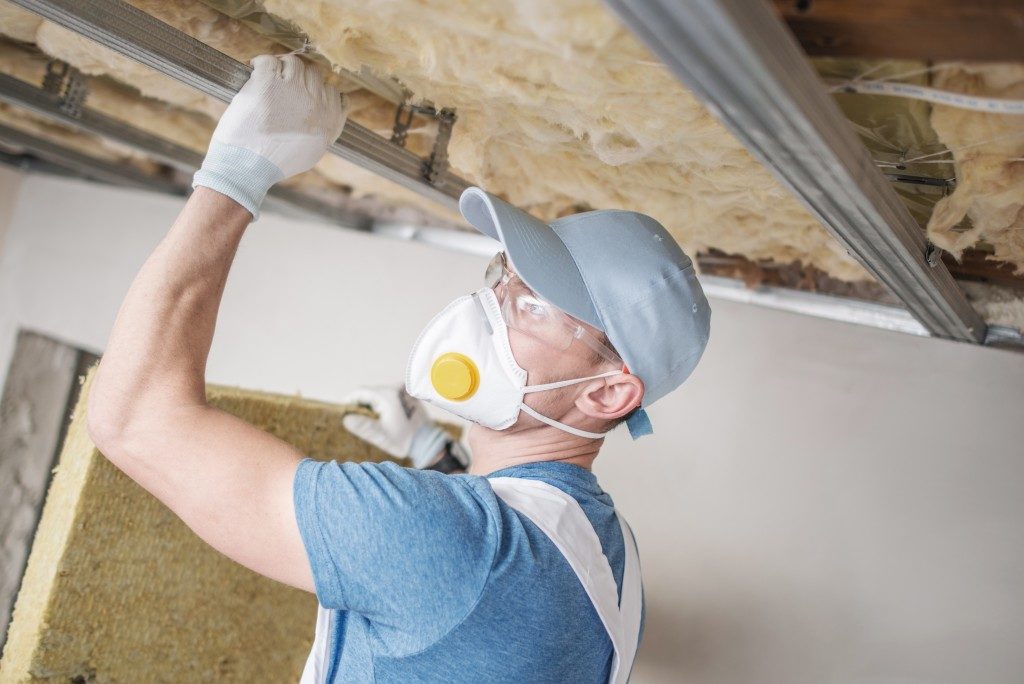Attic insulation is a big deal in Brisbane. For one, it keeps the moisture, heat and even pests from getting into the space. For another, it saves you from overspending on energy costs. Overall, the goal for your attic is to keep it as airtight as possible so that you’re comfortable through any season.
As such, you’ll want to maintain the integrity of the space. This you can do by making sure your Brisbane home has sufficient roofing insulation; your options may include loose fill or batt. You should also determine the R-value for your location. But what if you’ve picked the right material with the right R-value, and your home still feels uncomfortable and you’re paying more money to heat the place?
You may have the following defects in your attic insulation:
Missing Blown-In Insulation
Few property owners inspect their blown-in insulation after installation. Those who check might not have an idea of what to check. A blown-in insulation material is ideal for covering the frames, wires and recession in your roof. So most people assume everything is well covered as soon as the insulation is blown into place. But the amount of insulation needed for your roof differs, and without proper calculation, you can miss out some areas of your attic and assume that everything is OK.
Reversed Vapour Barriers
The most common mistake in do-it-yourself projects is installing the insulation upside down. Blanket and fiberglass insulation types come with an attached vapour barrier. The vapour barrier should face towards the living space, but most people assume it is a cover and install it in their attics facing up rather than down. This results in accumulation of condensation between the insulation and the roof, leading to the development of leaks and deterioration of the roofing material.
Dirty Compressed Insulation

When new, attic insulation is fluffy and light. Over time, however, it takes on debris, dust, nests from unwanted critters and animal droppings. The insulation’s efficacy largely depends on the fluffy strands since this contains air spaces. A flattened and dirty insulation leaves very little air inside, making the material inefficient. In other cases, property owners might mistakenly flatten out the insulation during its installation making it ineffective.
Insulation in Ventilation Areas
The commonest space where people erroneously install attic insulation is their ventilation spaces. These gaps are meant for the aeration of your roof deck and attic’s walls. Covering them with insulation contributes to wood rot and the formation of condensation.
Your attic’s insulation is designed to keep your interior temperatures comfortable. When you have a thermal defect, however, heat escapes through the attic in winter, and warm air descends to your interiors in summer. Both of these defects will reduce the R-value of your insulation material by up to 50 per cent making it largely inefficient. The above issues arising from DIY insulation are the primary contributors of thermal defects in most properties. The only way to avoid them is to get a professional to install your insulation.





